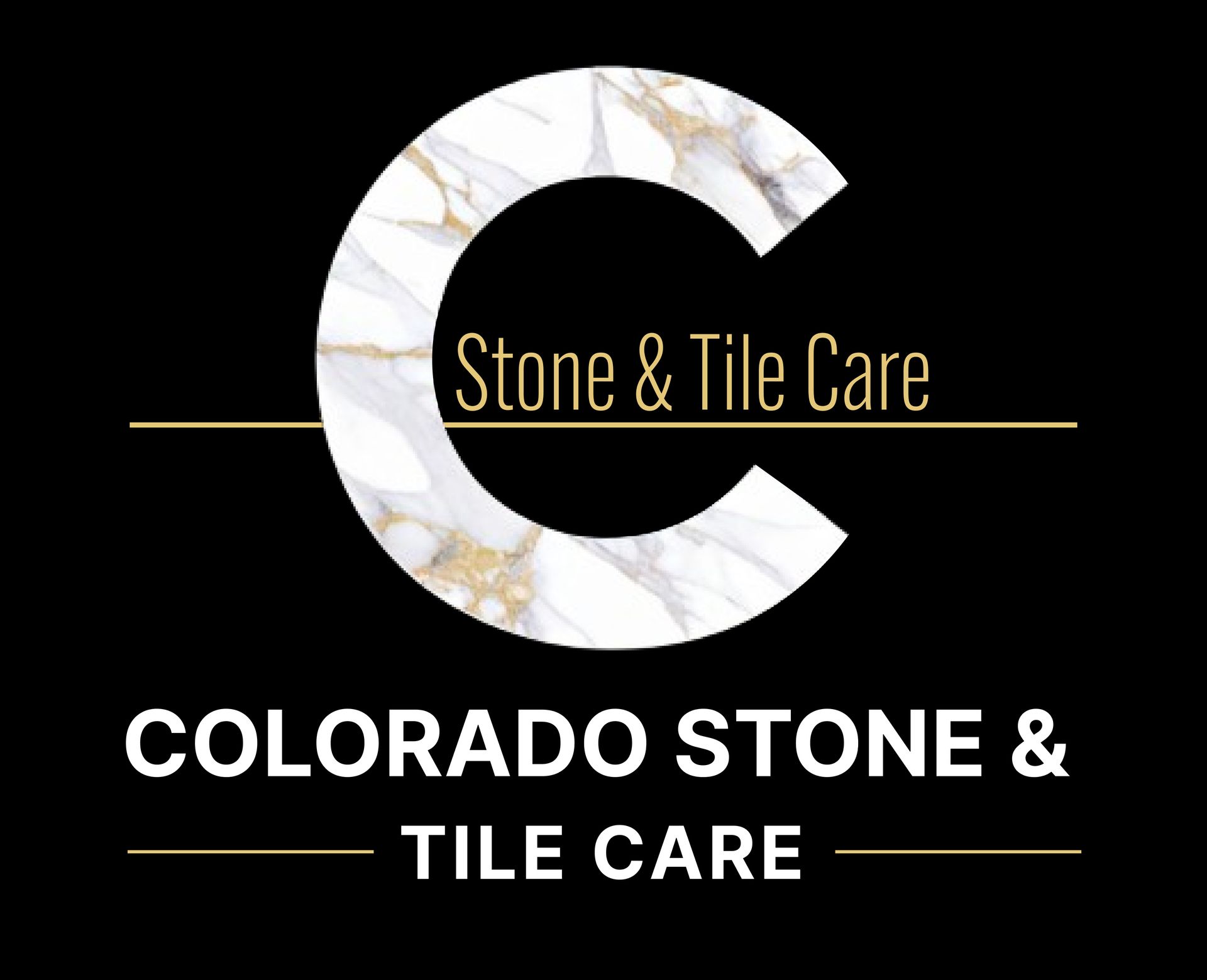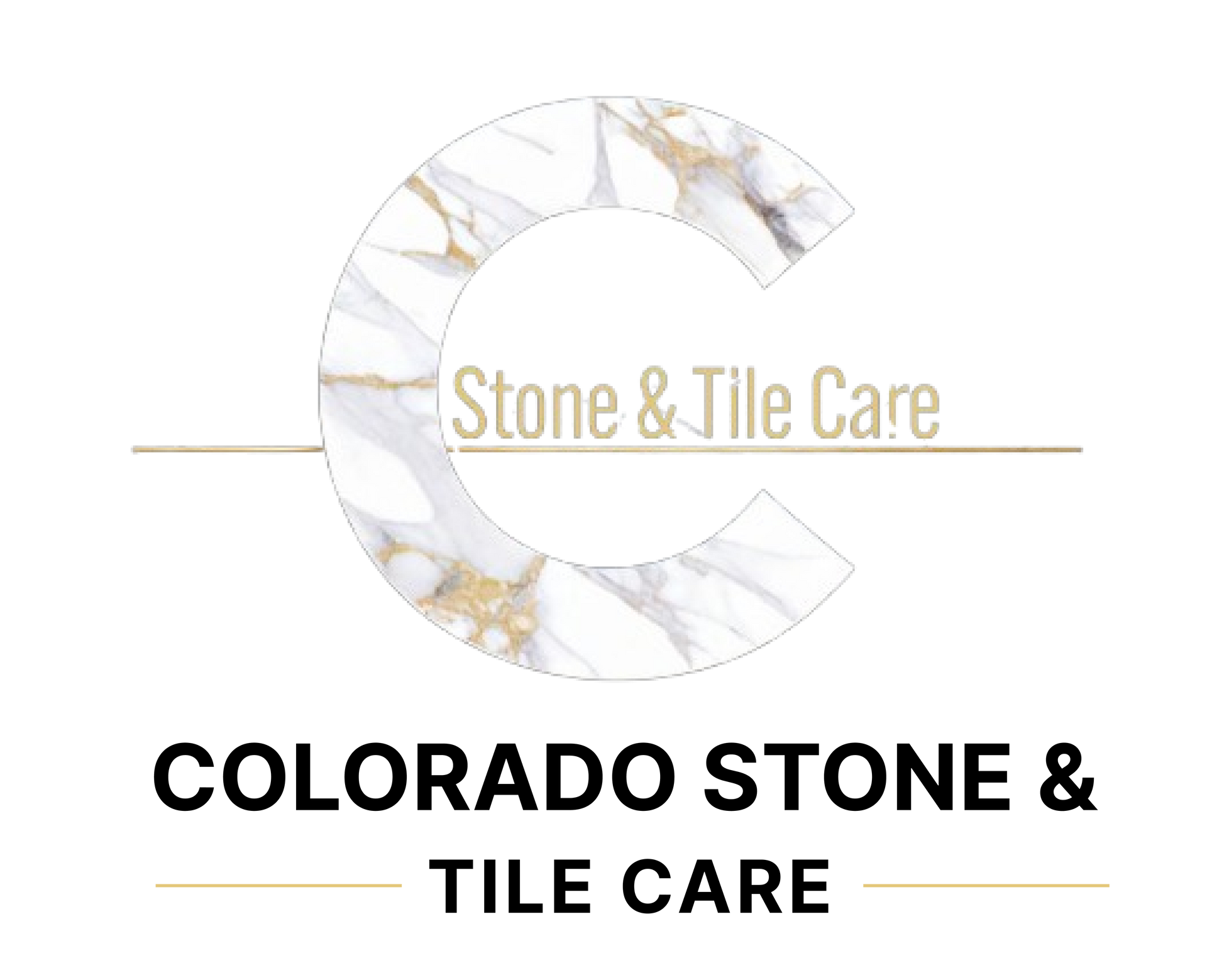Stone Surface Refinishing in Denver, Colorado
Transform Your Space with Expert Stone Surface Refinishing Services
Refinishing natural stone is the most common service we perform for our customers. Refinishing becomes necessary when cleaning cannot restore a surface equal to, or better than, its original appearance.
It is important to remember that acid etches and scratches cannot be cleaned off any surface. The only way to successfully remove these is through the diamond refinish process. Etches and scratches are the most common issues we are called to resolve with floors, countertops and showers.
The good news is these issues are really superficial to the stone and as such, the amount of actual stone lost to the refinishing process is nearly imperceptible. We tell our customers that the diamond refinish process is just the same as sanding wood.
When sanding wood, a low grit sand paper is used to remove the imperfection and successive grits are used to refine the surface restoring it to a smooth unblemished state. With natural stone instead of using carbide sand paper we use diamond impregnated epoxy resin abrasives to remove the imperfection then a succession of grits to refine the surface in preparation for the final finish. Unlike wood, we use water so the process is not dusty and minimally invasive to your living space.
Frequently Asked Questions
What’s the difference between refinishing, polishing, and restoration for stone surfaces?
Refinishing involves removing surface damage like scratches, etching, or dullness by grinding and honing the stone. Polishing is a final step that enhances shine but doesn’t fix deep damage. Restoration is a broader term that includes refinishing, cleaning, repairing cracks, and sealing to fully restore the surface’s integrity. Many customers assume polishing alone will fix all issues, but refinishing is necessary for worn, scratched, or etched stone.
How can I tell if my stone surfaces need refinishing or just deep cleaning?
If your stone looks dull, has light stains, or a filmy appearance, deep cleaning may be enough. However, if there are scratches, etching (dull spots from acidic spills), or uneven shine, refinishing is needed. You can do a simple test: place a few drops of water on the surface. If it absorbs quickly, the seal is compromised, and refinishing plus sealing is recommended to restore protection.
What causes etching on marble, limestone, and travertine, and can refinishing fix it?
Etching occurs when acidic substances (wine, vinegar, citrus, or even some cleaners) react with calcium-based stones like marble and travertine, creating dull spots. Refinishing removes the damaged top layer, restoring a smooth, even finish. Polishing alone won’t fix etching because it’s not just a surface stain—it’s actual damage to the stone. Sealing helps slow down future etching but won’t make your stone completely acid-proof.
How long does stone refinishing last, and how can I maintain the results?
The longevity of refinishing depends on usage, maintenance, and sealing. A properly refinished and sealed stone surface can last several years in a home setting but may need more frequent touch-ups in high-traffic areas. To maintain results, use pH-neutral stone cleaners, wipe up spills quickly, and avoid abrasive scrubbing pads. Also, resealing once a year (or as needed) adds an extra layer of protection against stains and wear.
Can refinishing remove deep stains from natural stone?
Refinishing removes surface-level stains, but deep stains that have penetrated the stone require poultice treatments before refinishing. A poultice draws out the stain over time, and once the discoloration is reduced, refinishing can even out the stone’s appearance. However, some stains (like oil-based or rust stains) may require multiple treatments and may not always be completely reversible.
Is it possible to change the finish of my stone from polished to honed or vice versa?
Yes! Refinishing can alter the finish of your stone. A honed finish (matte, non-reflective) can be created by grinding down the polish, ideal for reducing glare or achieving a more modern look. A polished finish (glossy, reflective) is achieved by using finer abrasives and polishing compounds. This process is completely reversible, so you can change the look of your stone over time if desired.
What are the most common mistakes people make when cleaning their stone surfaces?
Many homeowners use harsh cleaners like vinegar, bleach, or ammonia-based products, which can etch, discolor, or weaken the stone over time. Another mistake is using scrubbing pads that are too abrasive, which can wear down the finish prematurely. Additionally, not sealing porous stones like marble or limestone regularly allows stains to set in more easily. Proper maintenance with stone-safe cleaners extends the life of refinishing work.
Will refinishing my stone make it easier to clean?
Yes! Refinishing removes surface damage, restoring the stone’s smoothness and making it less prone to trapping dirt, grime, and stains. When combined with sealing, the surface becomes even more resistant to spills and easier to wipe clean. A damaged or worn stone surface tends to hold onto dirt, so refinishing not only improves appearance but also makes regular maintenance simpler and more effective.
How does stone refinishing compare to replacing countertops or flooring?
Refinishing is significantly more cost-effective than replacing stone surfaces. New stone installations can cost thousands, while refinishing revitalizes existing surfaces for a fraction of the price. Refinishing also eliminates the mess, downtime, and environmental impact of replacing materials. In most cases, refinishing restores stone to a like-new condition without needing demolition or costly new slabs.
What should I do to prepare for a stone refinishing service?
Before refinishing, clear the area of small items, décor, and furniture near the stone surface. If refinishing countertops, remove everything from the workspace. For floors, vacuum or sweep to remove debris. While refinishing isn’t overly messy, some dust may be generated, so covering adjacent furniture or electronics can be helpful. Our team will handle more extensive protection for surrounding areas as needed.
client testimonials


